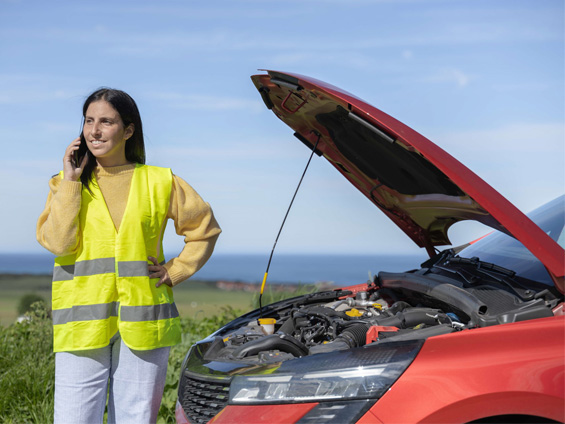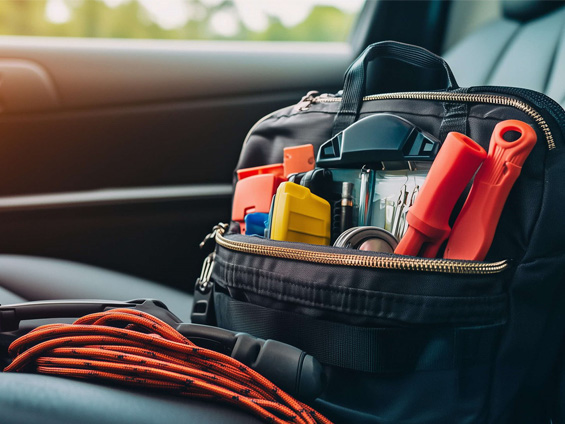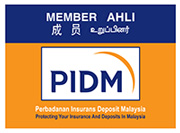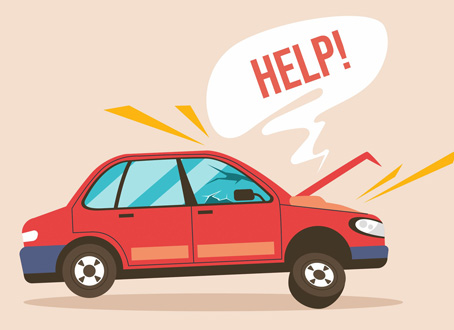
Posted on: March 3, 2025
What Is an Emergency Kit?
An emergency kit is a collection of essential tools and items designed to help you handle car troubles such as breakdowns or accidents. By keeping these items on hand, you’ll be better equipped to stay calm and make sound decisions when trouble arises. Here’s what you should include in your kit, along with advice on how to use them.
1. First Aid Kit
A first aid kit is essential for quickly addressing injuries or illnesses during a drive. Include basic items such as bandages, gauze, antiseptic wipes, pain relievers, tweezers, scissors, and adhesive medical tape.
Organize your first aid kit neatly and store it in an easily accessible place. This ensures that you’re ready to provide immediate care when necessary.
2. Flashlight
A flashlight is invaluable for addressing issues at night or in dimly lit environments such as tunnels. Opt for functional flashlights like headlamp models for hands-free use during repairs. Waterproof flashlights are ideal for added durability during rainy conditions.
Don’t forget to check battery life and keep spare batteries with your flashlight to ensure it’s reliable during emergencies.
3. Portable Phone Charger
Your smartphone is your lifeline during emergencies, whether it’s used for calling for help, accessing maps, or gathering important information. Carry a portable phone charger to keep your device powered when needed the most.
Ensure you charge your portable phone charger regularly so it’s ready for use during unexpected situations.
4. Emergency Blanket
An emergency blanket is a space-saving yet essential item for staying warm in situations where you may need to remain in your vehicle. Compact options or vacuum-sealed blankets are ideal for storage.
These blankets are useful in cooler mountain areas, and they can even serve as a makeshift stretcher in some situations
5. Warning Triangle
A warning triangle (or triangular reflector) is a critical tool for preventing further accidents. It alerts approaching vehicles to the presence of a stationary car on the road.
When using a warning triangle, place it at least 50 meters behind your vehicle to properly warn oncoming traffic. Always follow local traffic regulations when positioning it on the road.
6. Jumper Cables and Jump Starters
A dead battery is a common car issue, especially after long periods without driving. Jumper cables are an easy fix but require a second vehicle. However, a jump starter with a built-in battery is a more convenient option that doesn’t require the help of another car.
Consider investing in a jump starter for added independence during roadside battery troubles.
7. Reflective Safety Vest
Safety vests improve visibility when performing roadside repairs, especially at night or in bad weather. The reflective material increases the wearer’s visibility to passing vehicles, reducing the risk of accidents.
Keep enough reflective vests for each passenger in your car to ensure everyone remains visible and safe if they need to be outside the vehicle.
8. Fire Extinguisher
Fires caused by accidents or mechanical issues can escalate quickly and lead to serious secondary damage or injury. A fire extinguisher can prevent small fires from spreading, protecting both lives and property.
Choose a fire extinguisher specifically designed for automotive use. These are built to withstand vehicle vibrations and are more effective at handling car-specific fire situations.
How to Properly Store Your Emergency Kit
How to Respond to Accidents or Breakdowns
Preparation is key. Simulating potential scenarios and familiarizing yourself with emergency responses can improve your reaction time and accuracy during real incidents. Here's a step-by-step guide to handling emergencies on the road:
Step 1: Stay Calm and Move to Safety
When trouble arises, stay calm and assess the situation. If possible, move your vehicle to a safe location such as the shoulder of the road. Use hazard lights to alert other drivers, and avoid putting yourself or others at risk.
Step 2: Set Up Warning Signals
Place a warning triangle at least 50 meters behind your car to alert traffic. If you exit the vehicle, wear a reflective safety vest for added visibility.
Step 3: Ensure Passenger Safety
Prioritize the safety of yourself and your passengers. Move to a safe location away from the vehicle and provide warmth with emergency blankets if needed. Use your first aid kit to treat injuries while waiting for assistance.
Step 4: Call for Help
Contact the necessary services, such as roadside assistance, the police, or medical services, depending on the nature of the issue. Inform them of your location and the details of the incident.
Important Note:
Avoid negotiating settlements directly with other drivers at the scene of an accident. Engaging your insurance provider will ensure that necessary costs and responsibilities are handled appropriately.
Drive Confidently with Protection
While having a well-equipped car emergency kit is essential for handling unexpected situations on the road, it's equally important to have reliable motor insurance to cover you in case of accidents or major breakdowns. Comprehensive motor insurance provides peace of mind by covering repair costs, medical expenses, and more.
Regular car maintenance is another crucial step in preventing emergencies before they happen. With these precautions in place, you can tackle life’s road bumps with confidence and peace of mind.
For more information on our motor insurance plans and to ensure you're fully protected, visit our page and get a quote now.
Tokio Marine AutoPro

For more information
The benefit(s) payable under eligible policy is protected by PIDM up to limits. Please refer to PIDM’s TIPS Brochure or contact TMIM or PIDM (visit www.pidm.gov.my).
You may also be interested in reading

8 Essential Items for Your Car Emergency Kit
A guide to essential items for your car emergency kit, their uses, and practical tips for handling accidents or breakdowns.
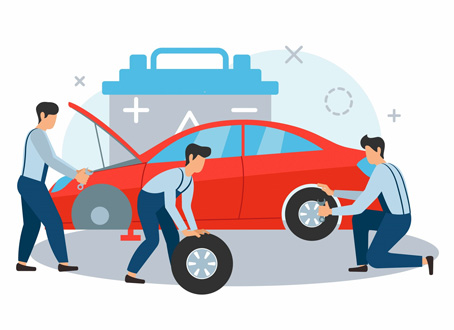
Beginner's Guide to Car Maintenance
Discover essential car maintenance tips in our guide. Learn how to take care of your car with easy-to-follow steps to keep your vehicle running smoothly.

Drive with Confidence: Choosing the Right Car Insurance with Tokio Marine
Choose the right car insurance for your needs with Tokio Marine. Explore the benefits of Standard Comprehensive Insurance and AutoPro Car Insurance, including coverage for accidental damage, theft, third-party liability, and more.
Disclaimer
By clicking on “Continue to external site” below, you will leave Tokio Marine Insurance Group’s website and you will be redirected to a third party website.
Choose your country or region
Visit HQ Pages
Visit Country Pages
Select your location and language
-
All
-
All
-
Asia Pacific
-
Australia
-
Americas
-
Europe

Singapore

Malaysia



Australia





You are currently on a site outside of your country Switch to external site?
Visit your local page. If you change your mind, you can use the dropdown at the top navigation to visit other Tokio Marine country pages.

You are currently on a site outside of your country. Switch to local site?
Visit your local page. If you change your mind, you can use the dropdown at the top navigation to visit other Tokio Marine country pages.
